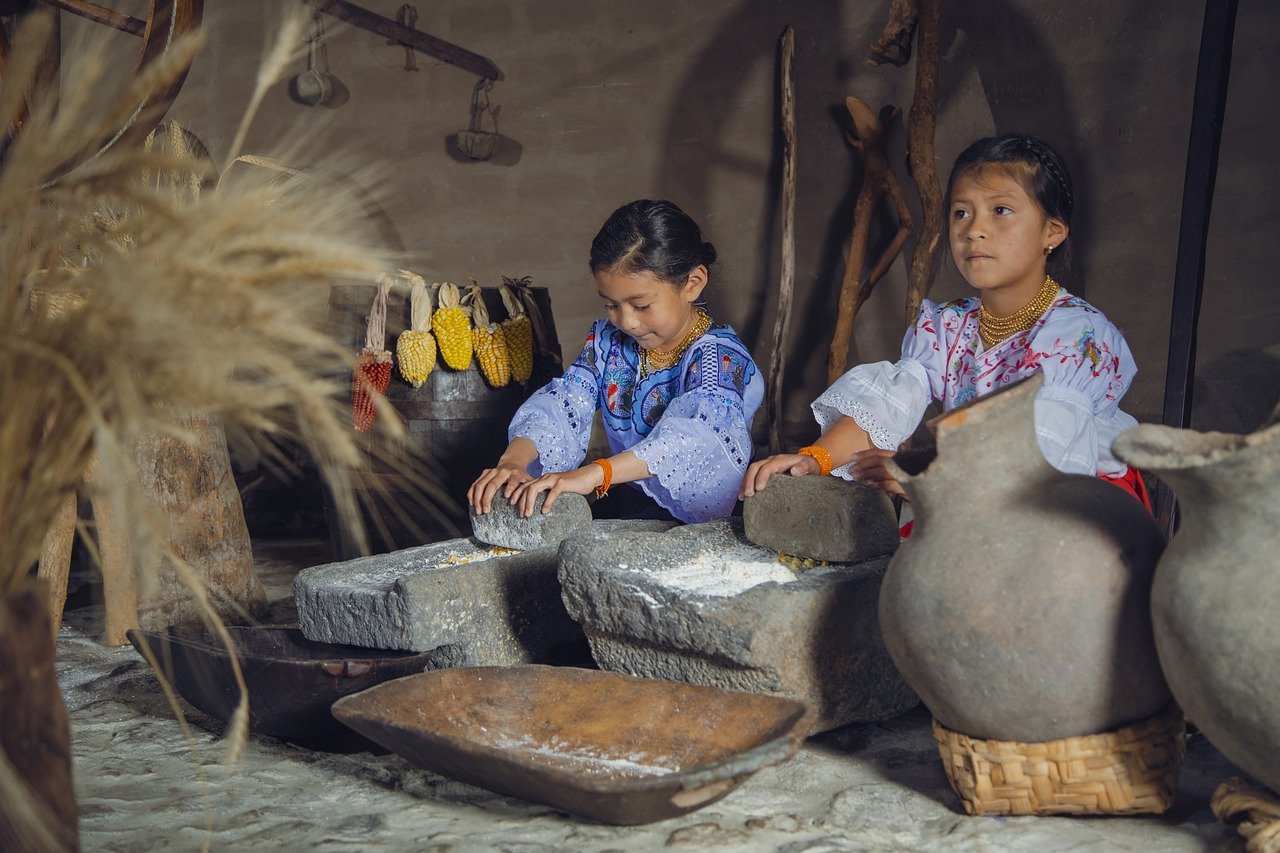Protein plays a crucial role in building and maintaining every cell in our bodies. So, how do people from different parts of the world consume their protein? In this article, we’ll explore how the main sources of protein differ across various regions and what these differences mean.

1. Developed Countries Focus on Meat and Dairy
In developed regions like North America and Europe, meat and dairy are the primary sources of protein. People in these areas get most of their daily protein from meat and dairy due to high accessibility. For instance, in North America, 38.4% of daily protein intake comes from meat and 16.0% from dairy. Europe shows similar proportions, with meat at 29.5% and dairy at 20.7%.
2. South America Primarily Relies on Meat
South America, home to major meat producers like Brazil and Argentina, relies heavily on meat as a primary protein source. South Americans get 39.0% of their protein from meat, a significantly high figure compared to other regions. Dairy and eggs also constitute a relatively high proportion in South America.
3. Asia Sources Protein from Various Origins
In Asia, plant-based proteins and seafood play vital roles. With countries like China and India leading seafood production, Asians get 7.4% of their protein from seafood. Additionally, plant-based proteins account for 65.1% of the total, reflecting the region’s dietary culture and agricultural environment.
4. Africa Focuses on Plant-Based Proteins
In Africa, plant-based proteins are the main source. In many developing countries in Africa, 77.2% of protein comes from plants, due to lower accessibility to meat and dairy. This consumption pattern is closely tied to economic and environmental factors in the region.
5. Oceania Balances Meat and Dairy Protein Intake
Oceania gets 38.8% of its protein from meat and 13.5% from dairy, reflecting the region’s livestock and agricultural environment. This balanced protein intake pattern is characteristic of Oceania.
Reference: Visual Capitalist, “Visualizing Daily Protein Sources by Region”
